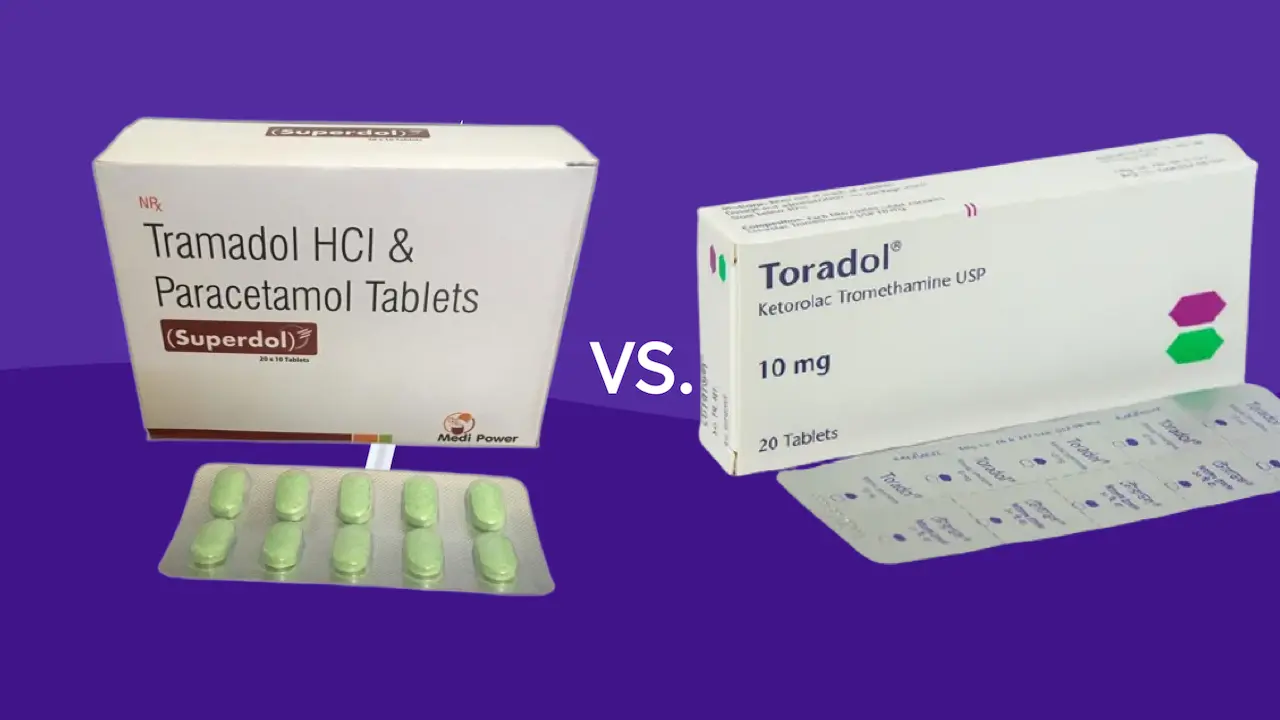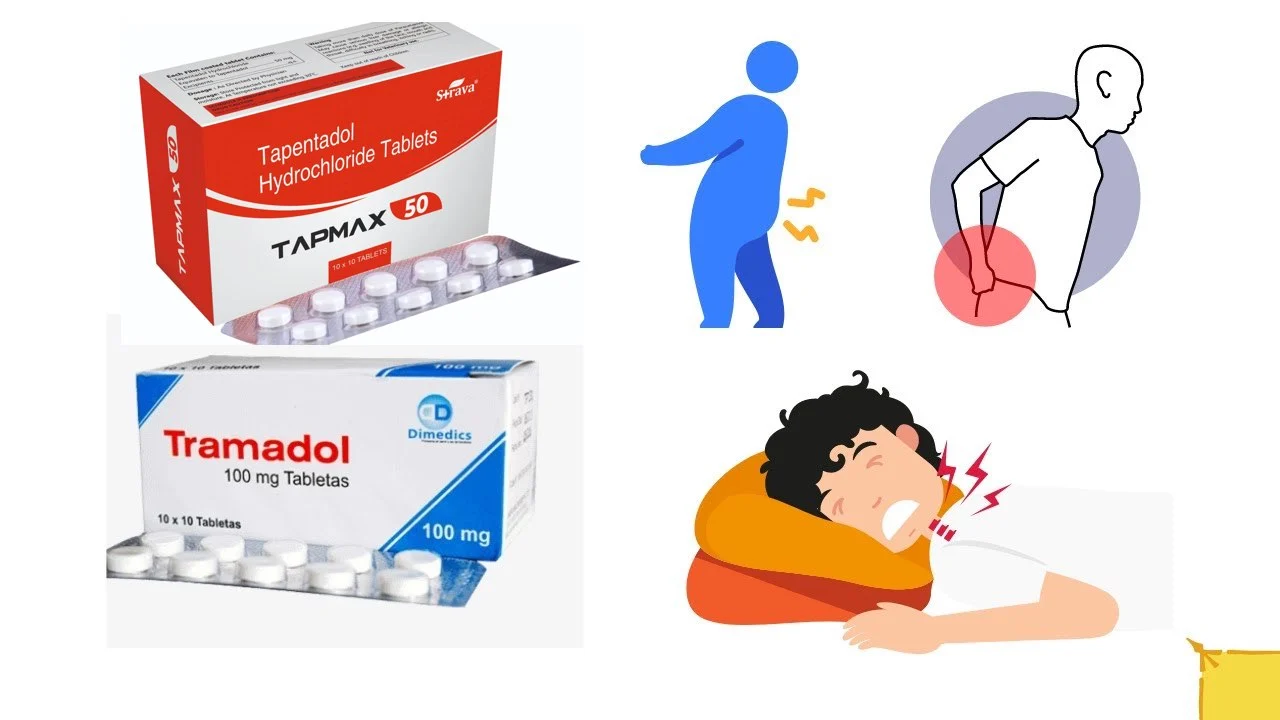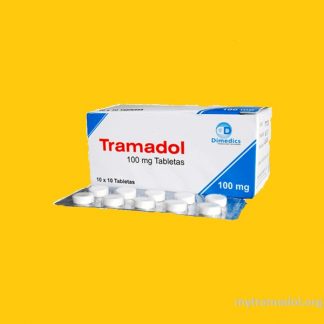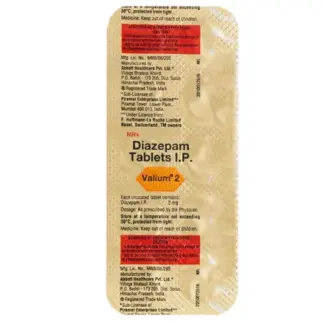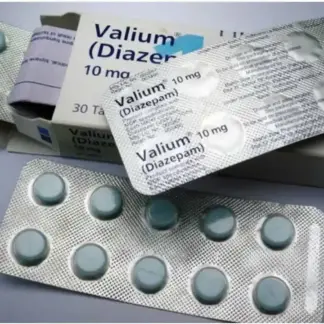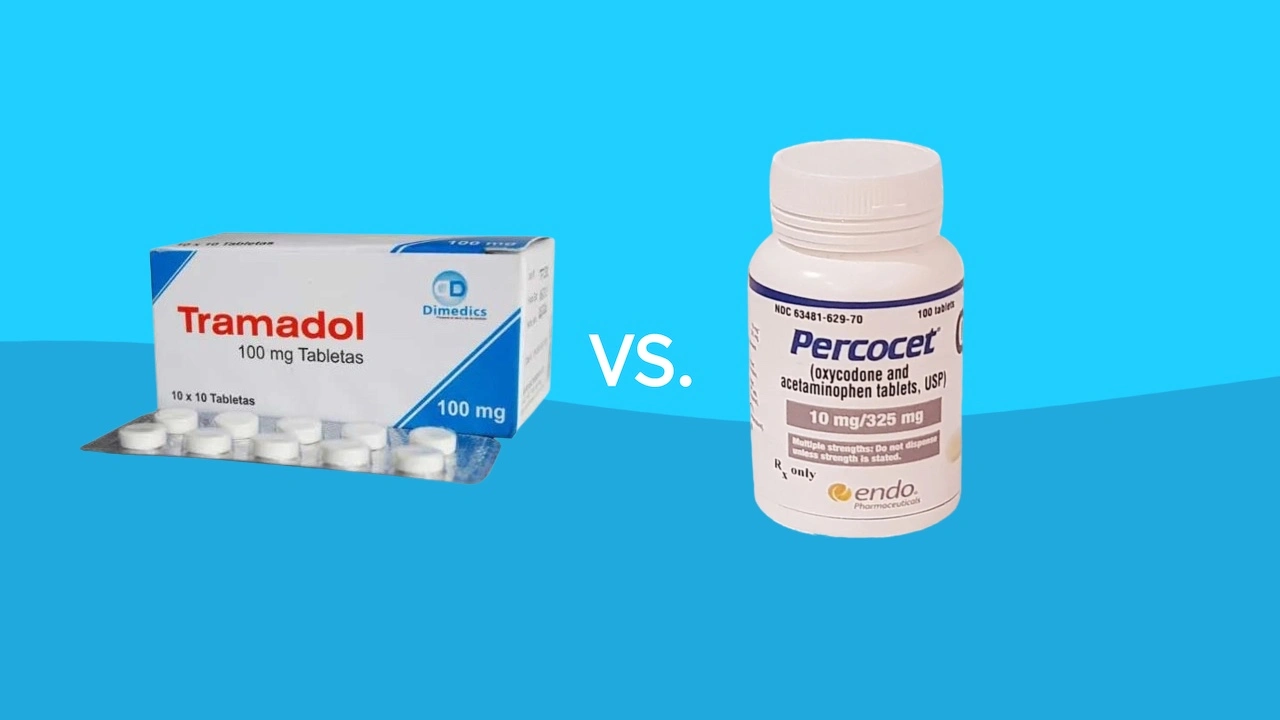
Two commonly prescribed medications, tramadol and Percocet (a combination of oxycodone and acetaminophen), have gained widespread recognition for their pain-relieving properties. However, understanding their distinct characteristics, mechanisms of action, and potential side effects is crucial for ensuring safe and appropriate usage.
What is Tramadol?
Tramadol Medicine is a centrally acting analgesic that belongs to the class of opioid agonists. It works by binding to specific opioid receptors in the brain and spinal cord, thereby reducing the perception of pain and . Additionally, buy tramadol also inhibits the reuptake of norepinephrine and serotonin, which contributes to its pain-relieving effects.
Buy Tramadol online prescription pain meditation is classified as a schedule IV controlled substance by the Drug Enforcement Administration (DEA), indicating a lower potential for abuse compared to schedule II or III drugs. It is commonly prescribed for the management of moderate to severe pain, including chronic pain conditions and post-operative pain.
What is Percocet?
Percocet, on the other hand, is a combination medication that contains oxycodone and acetaminophen. oxycodone is a schedule II potent opioid analgesic that belongs to the schedule II controlled substances category, reflecting its high potential for abuse and dependence.
Oxycodone acts primarily on specific opioid receptors in the brain and spinal cord, effectively blocking pain signals and providing relief from moderate to severe pain. Acetaminophen, the non-opioid component of Percocet, is a non-steroidal anti-inflammatory drug (NSAID) that enhances the overall analgesic effect of the medication.
Comparing Efficacy and Duration of Action:
Both tramadol and Percocet are effective in providing pain relief, but their potency and duration of action may differ. Percocet, with its oxycodone component, is generally considered more potent and short-acting, making it suitable for managing acute, severe pain. In contrast, tramadol and oxycodone is typically prescribed for moderate to moderately severe pain and may have a longer duration of action.
Side Effects and Precautions:
Like most opioid analgesics, both tramadol and Percocet carry the risk of side effects, which can vary in severity and frequency. Common side effects associated with tramadol include nausea, dizziness, constipation, and drowsiness, while Percocet may cause similar side effects, as well as respiratory depression, especially in higher doses.
It is important to note that tramadol carries a lower risk of respiratory depression compared to Percocet, making it a potentially safer choice for patients with underlying respiratory conditions. However, tramadol has a higher risk of seizures, particularly in individuals with a history of seizure disorders or those taking certain medications that lower the seizure threshold.
Long-term use of both medications can lead to physical dependence and the potential for abuse and addiction. Healthcare professionals must carefully assess the risks and benefits for each patient and closely monitor for signs of misuse or dependence.
Dosage and Administration:
Tramadol is available in immediate-release and extended-release formulations, with typical dosages ranging from 50 mg to 100 mg every 4 to 6 hours for immediate-release, and 100 mg to 300 mg once daily for extended-release. Percocet, on the other hand, is available in various strengths, with oxycodone doses ranging from 2.5 mg to 10 mg combined with acetaminophen (325 mg to 650 mg). The recommended dosage for Percocet is based on the patient’s pain severity and individual response.
Proper dosing and adherence to prescribing guidelines are crucial for both medications to ensure optimal pain relief while minimizing the risk of adverse effects and potential misuse.
Tramadol vs. Percocet Comparison:
| Characteristic | Tramadol | Percocet (Oxycodone + Acetaminophen) |
|---|---|---|
| Drug Class | Opioid analgesic | Opioid analgesic + NSAID |
| Controlled Substance Schedule | Schedule IV | Schedule II (Oxycodone) |
| Typical Pain Severity | Moderate to moderately severe | Moderate to severe |
| Duration of Action | Longer | Shorter (oxycodone is short-acting) |
| Common Side Effects | Nausea, dizziness, constipation, drowsiness | Nausea, constipation, dizziness, respiratory depression |
| Risk of Respiratory Depression | Lower | Higher (oxycodone) |
| Risk of Seizures | Higher | Lower |
| Potential for Abuse and Dependence | Moderate | High (oxycodone) |
| Typical Dosage Range | 50-100 mg every 4-6 hours (immediate-release) 100-300 mg once daily (extended-release) |
Oxycodone: 2.5-10 mg Acetaminophen: 325-650 mg |
| Where To Purchase | Order Tramadol Online | Out of Stoke |
Above comparison of key characteristics, including drug class, controlled substance schedule, typical pain severity, duration of action, common side effects, potential risks, and typical dosage ranges for tramadol and Percocet (oxycodone + acetaminophen).
Conclusion:
When it comes to choosing between tramadol and Percocet for pain management, healthcare professionals must carefully consider factors such as the severity and type of pain, patient medical history, potential for adverse effects, and the risk of dependence and abuse. Both medications have their unique advantages and limitations, and their appropriate use requires a thorough understanding of their pharmacological properties and individual patient factors.




